The role of Carbon Markets in the Australian grain industry
By Bjorn Reijnen & James Urquhart
13th February, 2024
In the context of climate change, agriculture provides both a challenge and an opportunity. As the agricultural sector, and its customers in the food manufacturing industry, explore sustainable solutions to meet their climate goals, the concept of carbon insets in agriculture emerges as an opportunity to reduce greenhouse gas emissions and remove carbon from the atmosphere. While carbon offsets have been around for several years, carbon insets are relatively new and not as well understood.
Carbon offset markets provide an opportunity for companies to purchase carbon credits (termed ‘offsets’) from projects that reduce greenhouse gas emissions somewhere else to offset emissions in their own operations and supply chain. Offsets can be generated from a range of projects (e.g. forestry, peat restoration, soil & vegetation rehabilitation) and in theory can be generated anywhere in the world (because GHG’s accumulate in the atmosphere) then traded. Offset markets have been impacted recently due to quality concerns and consumer and investor pressure for companies to make sustained improvements by investing in decarbonising their own supply chains.
Carbon ‘insets’ provide an avenue to genuinely reduce greenhouse gas emissions and is particularly relevant to the grains sector where supply chain traceability is already well established to demonstrate food origin and safety. Insets are a way to track emissions reductions within a supply chain and provide a pathway to improve resilience and productivity in farming practices while providing an additional income stream for farmers.
Farming practices like tillage, fertiliser use, irrigation, land-use change, and fuel consumption contribute to greenhouse gas emissions both directly and indirectly. Programs are being developed, such as Cargill’s SustainConnect, to assist & incentivize cropping farmers in their transition to more sustainable farming practices and to reduce the carbon footprint of the resultant commodities. These changes can be quantified in terms of the equivalent carbon dioxide (CO2e) that is avoided or removed from the atmosphere. In a carbon inset program, each tonne of CO2e that is reduced or removed is equivalent to a type of carbon credit that is called a carbon inset.
Unlike carbon offsets, which once traded can no longer be claimed by the farmer, carbon insets are used to track emission reductions through the supply chain. Each participant in the supply chain can legitimately claim the GHG reductions because the carbon footprint of the commodity they are using has been reduced and the GHG reductions have not been used to offset emissions elsewhere. Farming entities and even whole industries need to consider the implications when selecting which projects and therefore carbon markets they wish to participate in - carbon offset programs where the reductions can be sold but no longer claimed, or carbon inset programs where the farmer is paid by participants in the supply chain and all, including the industry itself, can claim the emissions reductions they have genuinely helped to achieve.
With only a one-year commitment, Cargill’s SustainConnect presents Australian grain growers an opportunity to participate in this exciting new market, whilst generating revenue and making a positive impact to their environmental footprint.
Global pressure weighs on grain markets
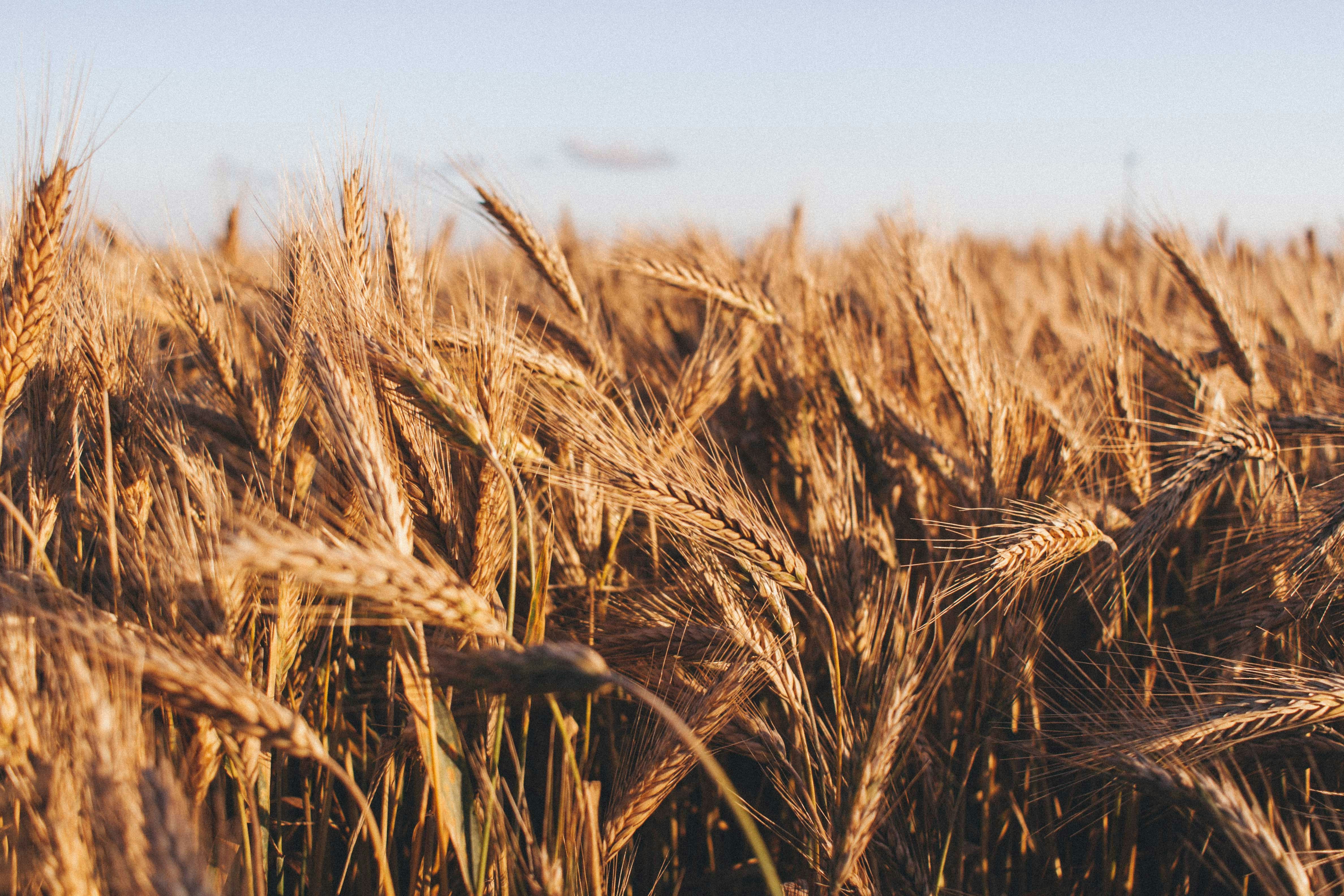
Grain Growers have been alerted to lower pricing prospects in recent times as we continue to see wheat prices dip since the start of the year. This is in line with general pressures in the grain markets caused primarily because of a massive corn crop..............
Read MoreFortune favours the prepared
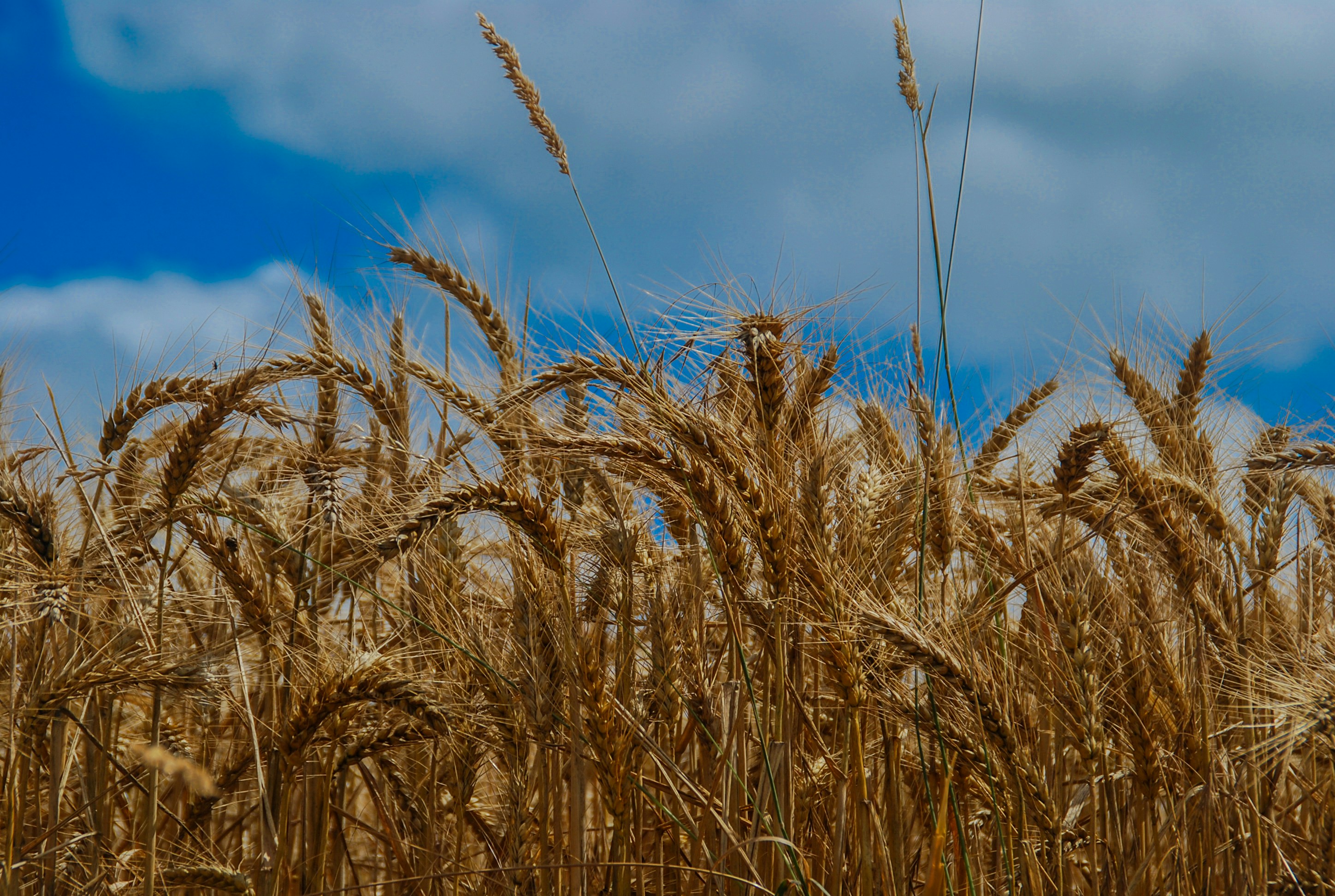
With recent global weather models suggesting an end to our somewhat confusing El Nino year and increasing the chance of a return to a typically wetter La Nina period, expectations are growing for a good supply of in-crop rainfall through 2024...........
Read MoreUS grain report hits Australian prices
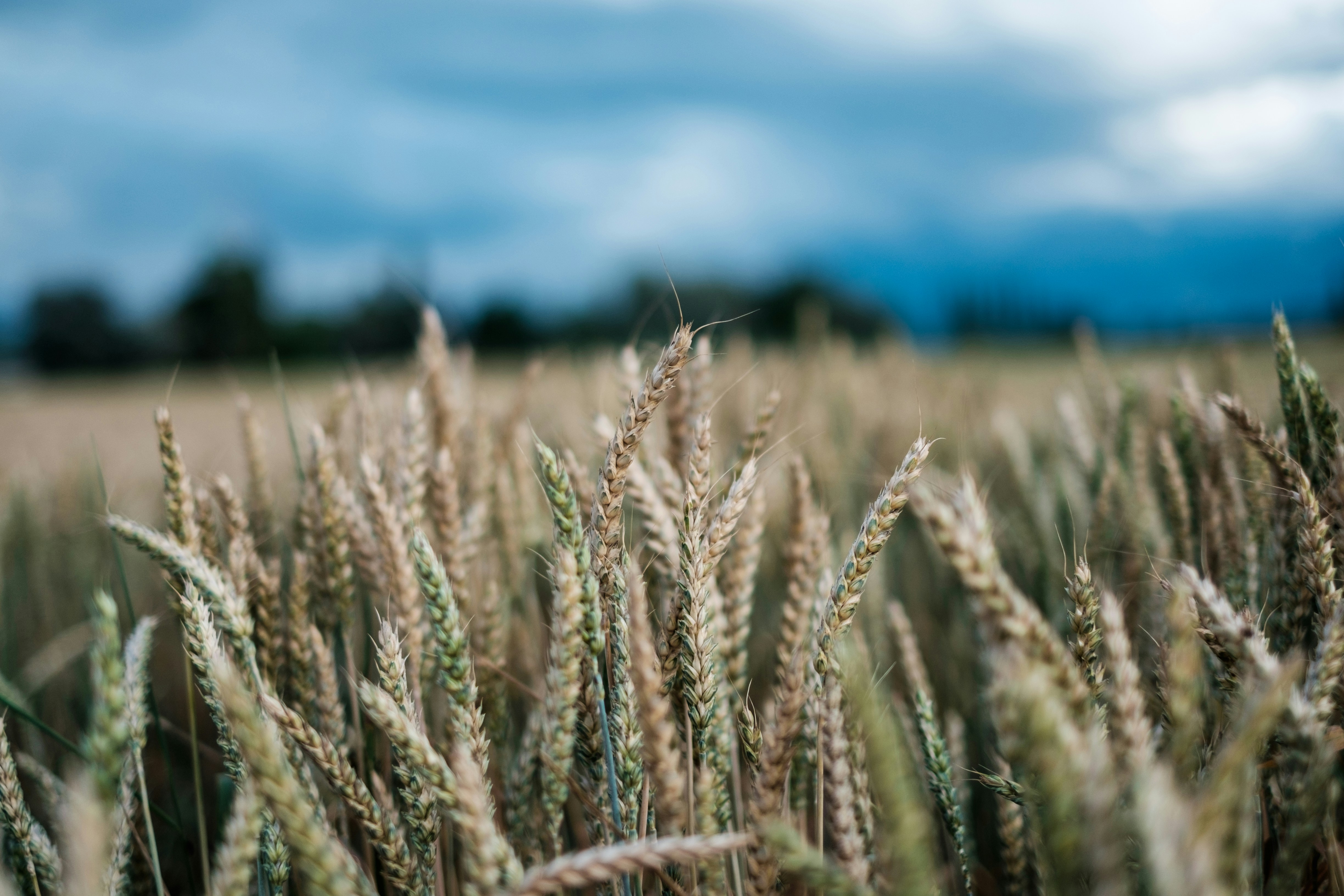
Harvest has finally wrapped up across SA after a long and weather affected last part of what was a pretty decent harvest with excellent quality for the most part..........
Read MoreWA Market Wrap 20/02/24
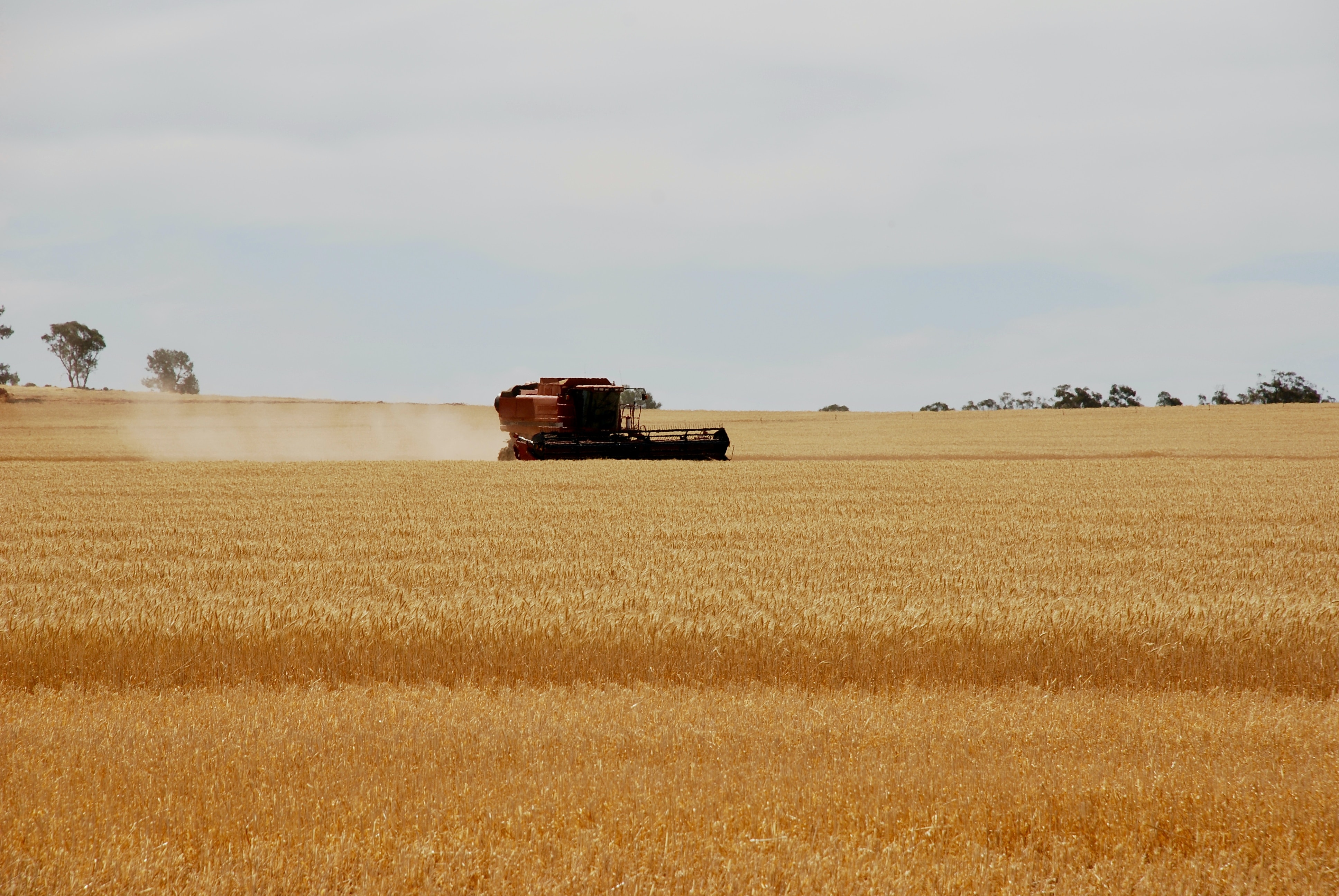
The 23/24 WA grain harvest was over in a blink of an eye, particularly for the northern and eastern wheat belt where headers powered over the light crop, finishing in the first week of December..........
Read MoreA peek at how 2024 kicked off
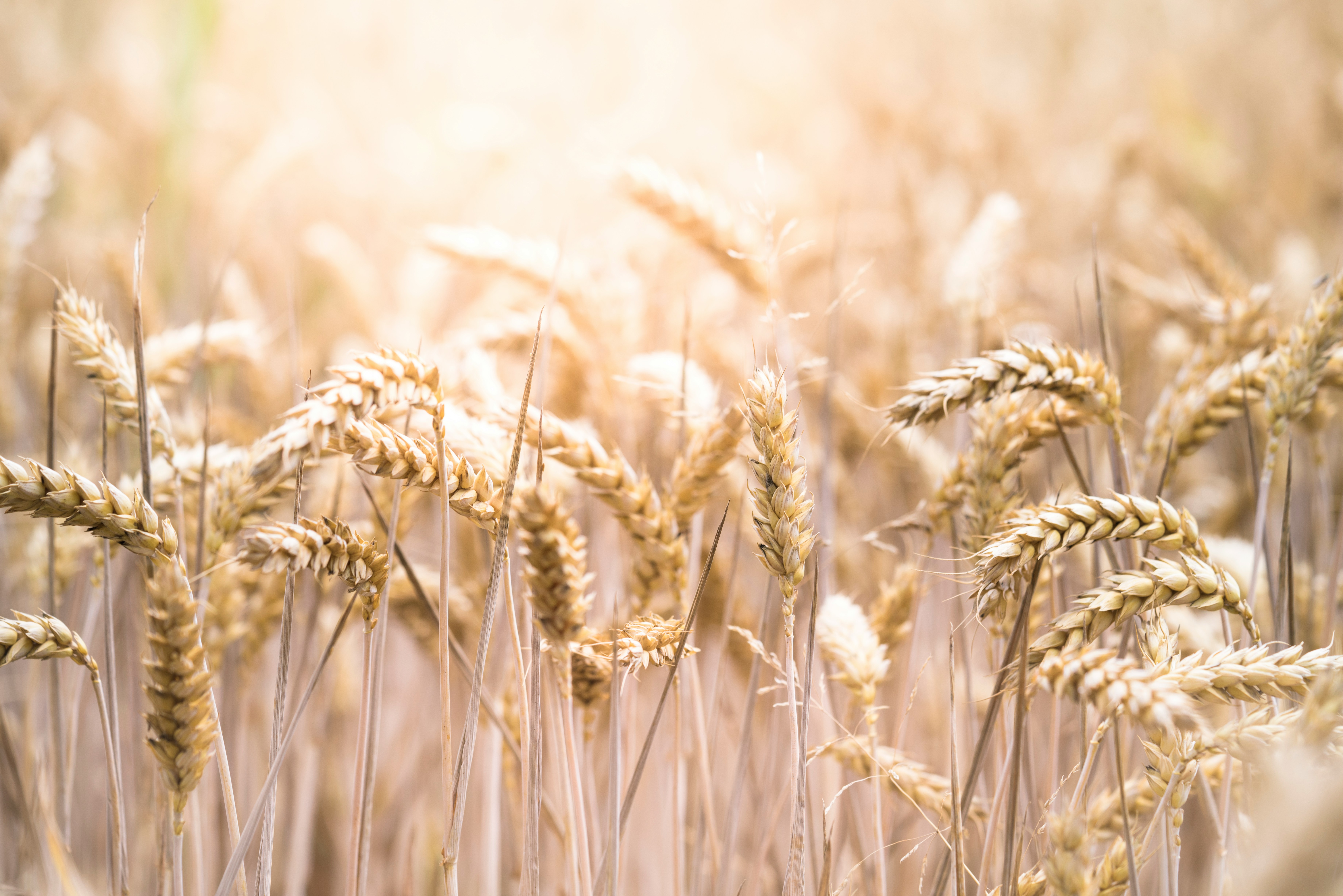
With a scorcher this week across northern NSW and Southern QLD, the possibility of yet another cyclone bringing rain to central Queensland, those famous words “Droughts and Flooding Rains”, never seem truer than the start we are having to 2024............
Read MoreSorghum Update: Growth, Challenges and Global trends.
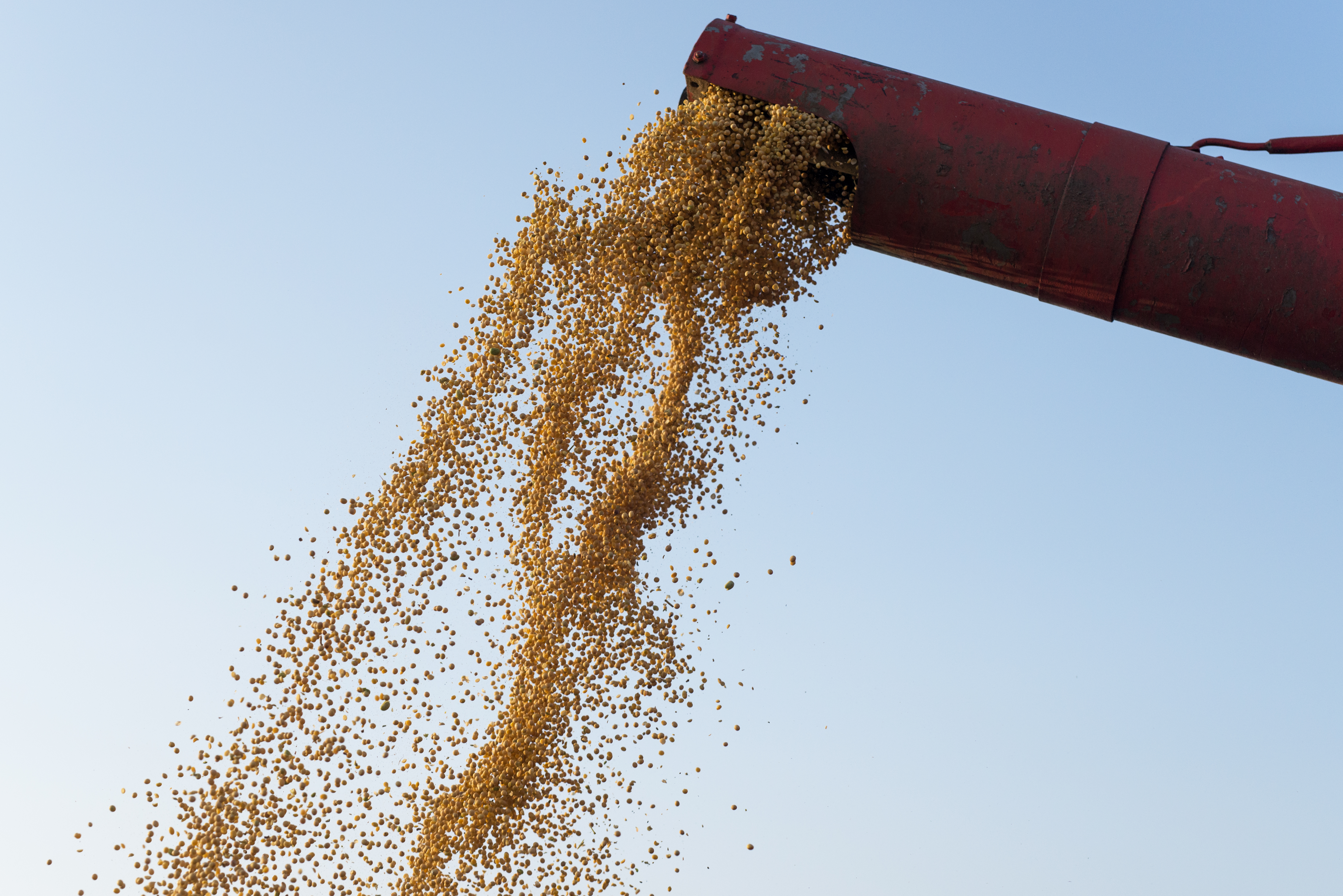
Abundant December rainfall has led to prosperous sorghum crops in the Darling Downs, with expectations of at least average yields, challenging the initial forecast of 21% decline in sorghum planted area for 2023–24 due to well-below-average soil moisture levels..........
Read MoreWheat quality holds up against widespread rain.
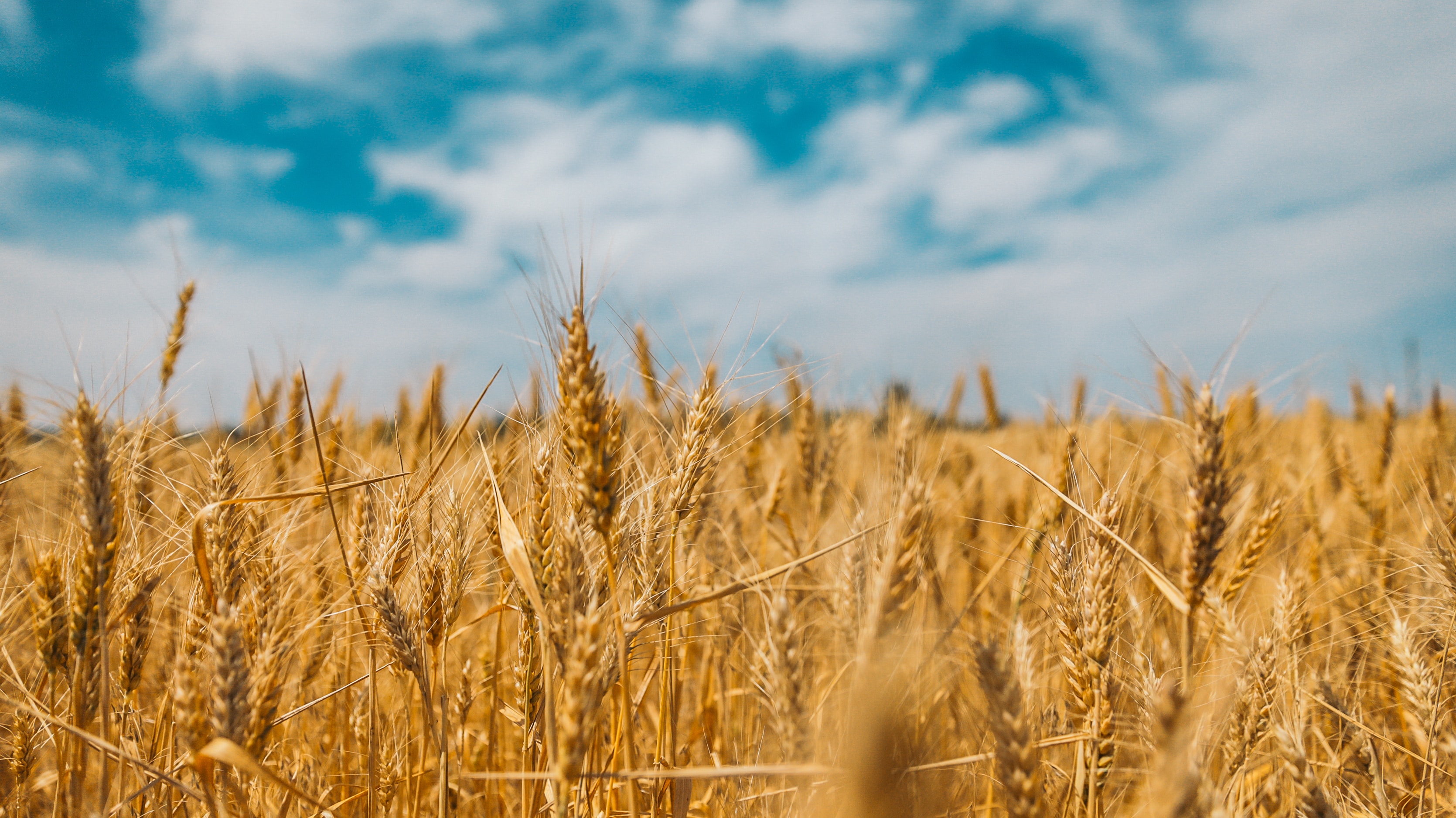
Like it or not, rainfall has been the order of the day for many parts of the country with winter crop still to harvest. Various locations through Southern New South Wales, Victoria and South Australia have received up to 200mls in the last couple of weeks........
Read MoreRain turns the tables on summer crop plantings.
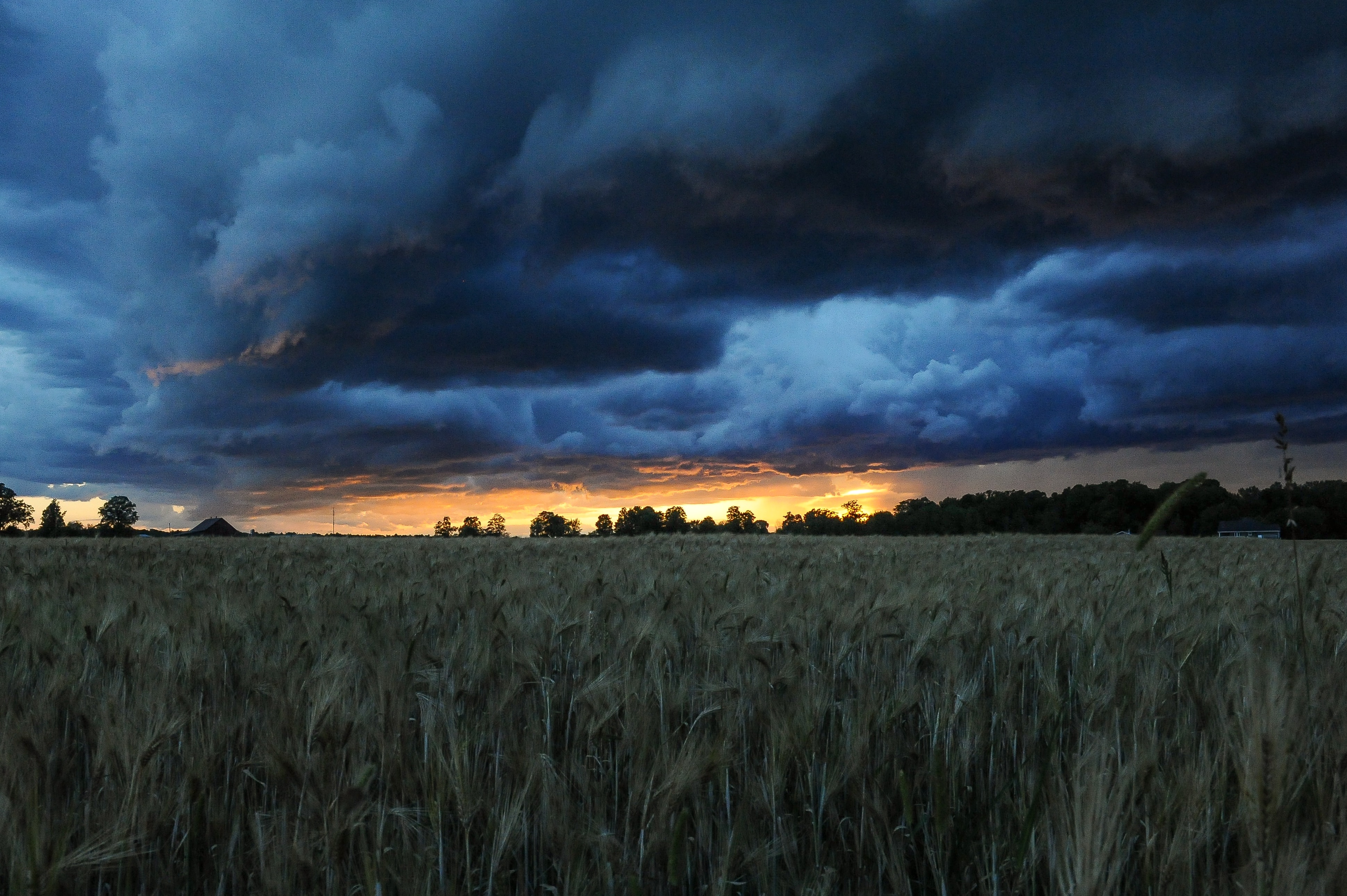
One can only hope that after the big falls across the eastern cropping belt last week, that the BOM manages to get this week’s forecast right, and growers in Southern NSW and Victoria escape any significant additional rain..........
Read MoreRain welcome in the North with Sorghum set to be sown.
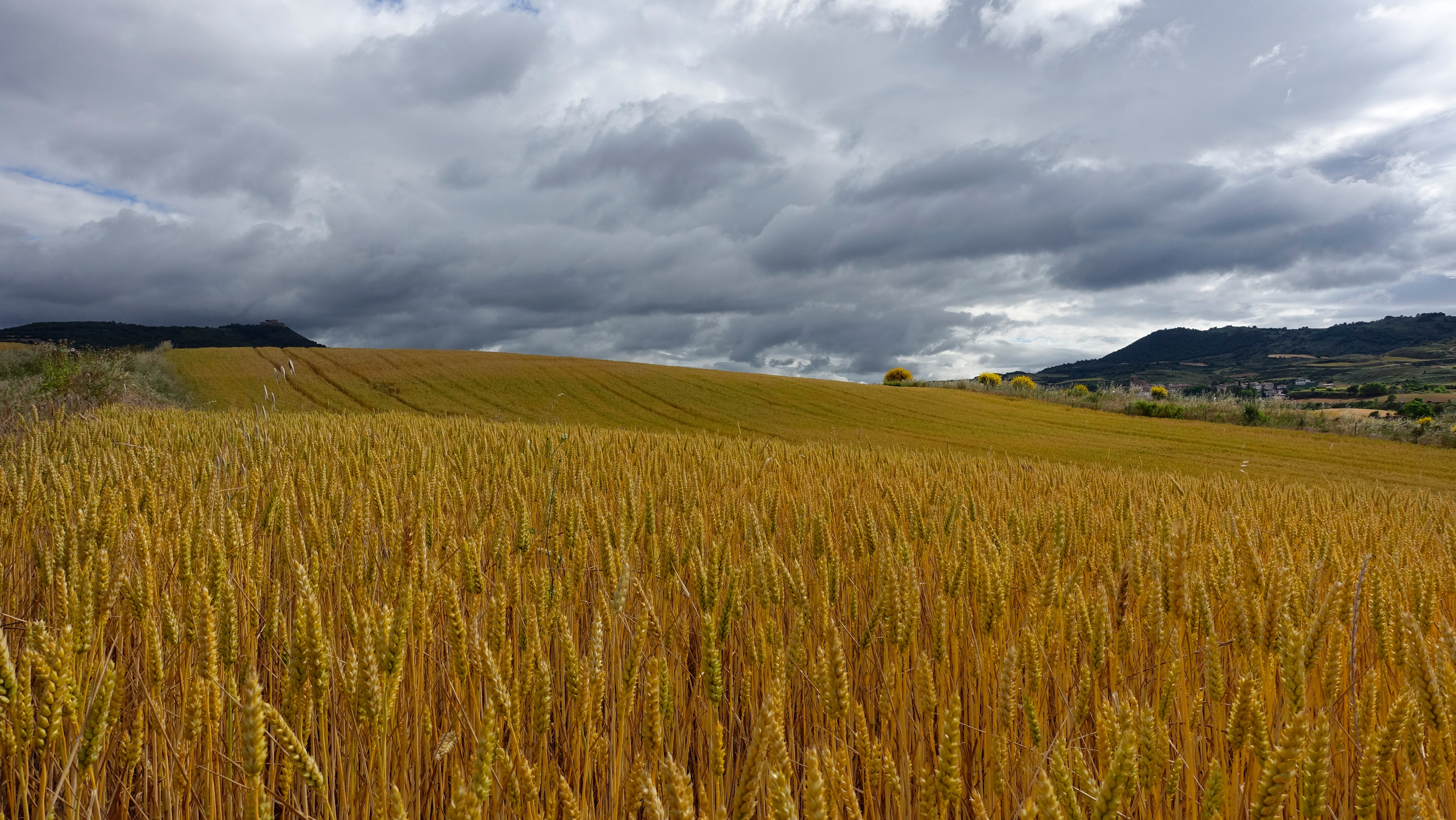
Storm conditions have provided welcome rainfall to areas of Southern Queensland and Northern New South Wales. With rainfall totals between 15-50mm in the last week and some areas receiving more than 100mm........
Read MoreHarvest progresses at record pace
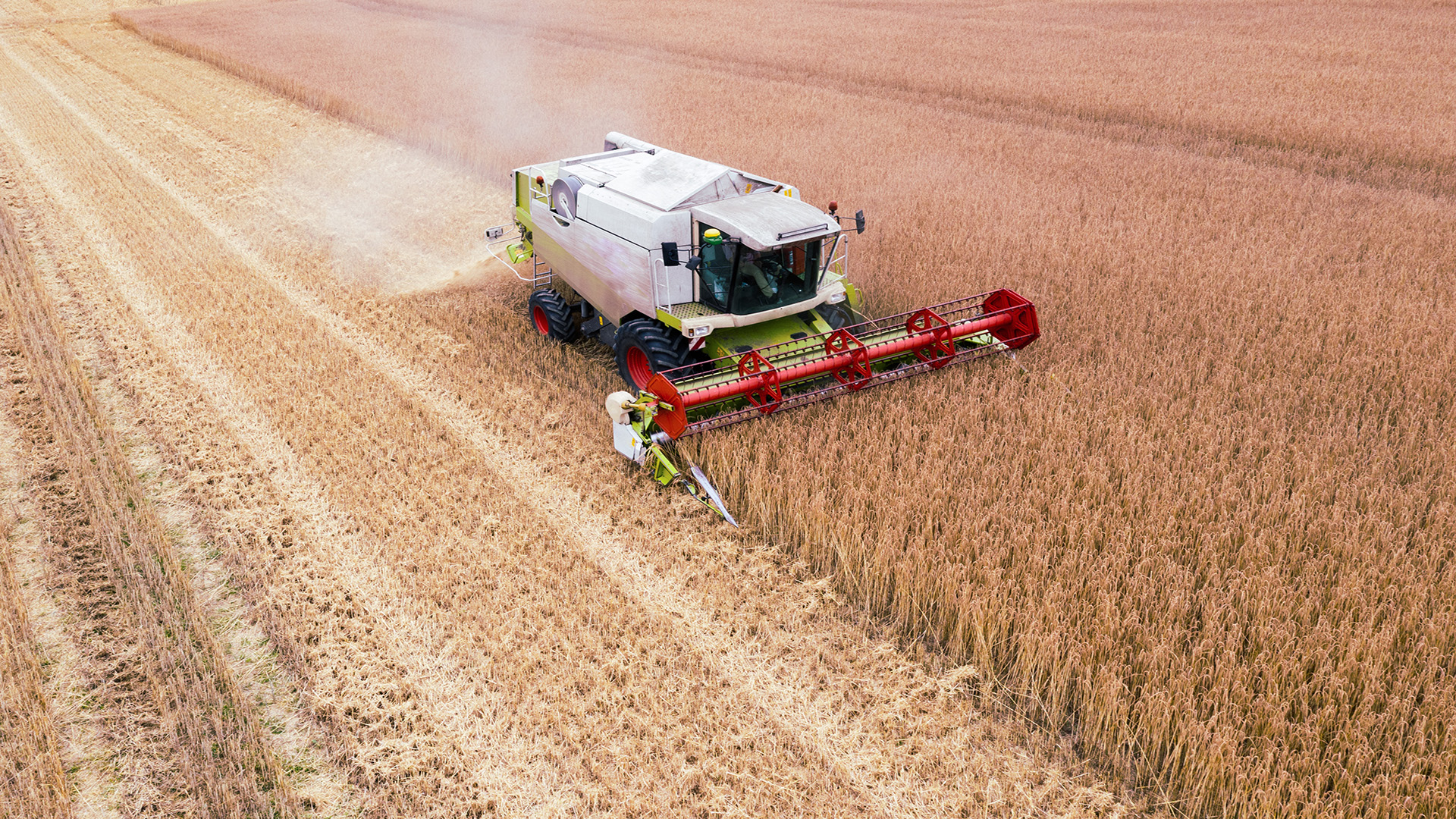
The Aussie winter crop harvest is about halfway toward completion, with plenty of grain still on the stalk in the southern parts of Western Australia, South Australia and New South Wales as well as the bulk of Victoria.......
Read MoreWA Market Wrap
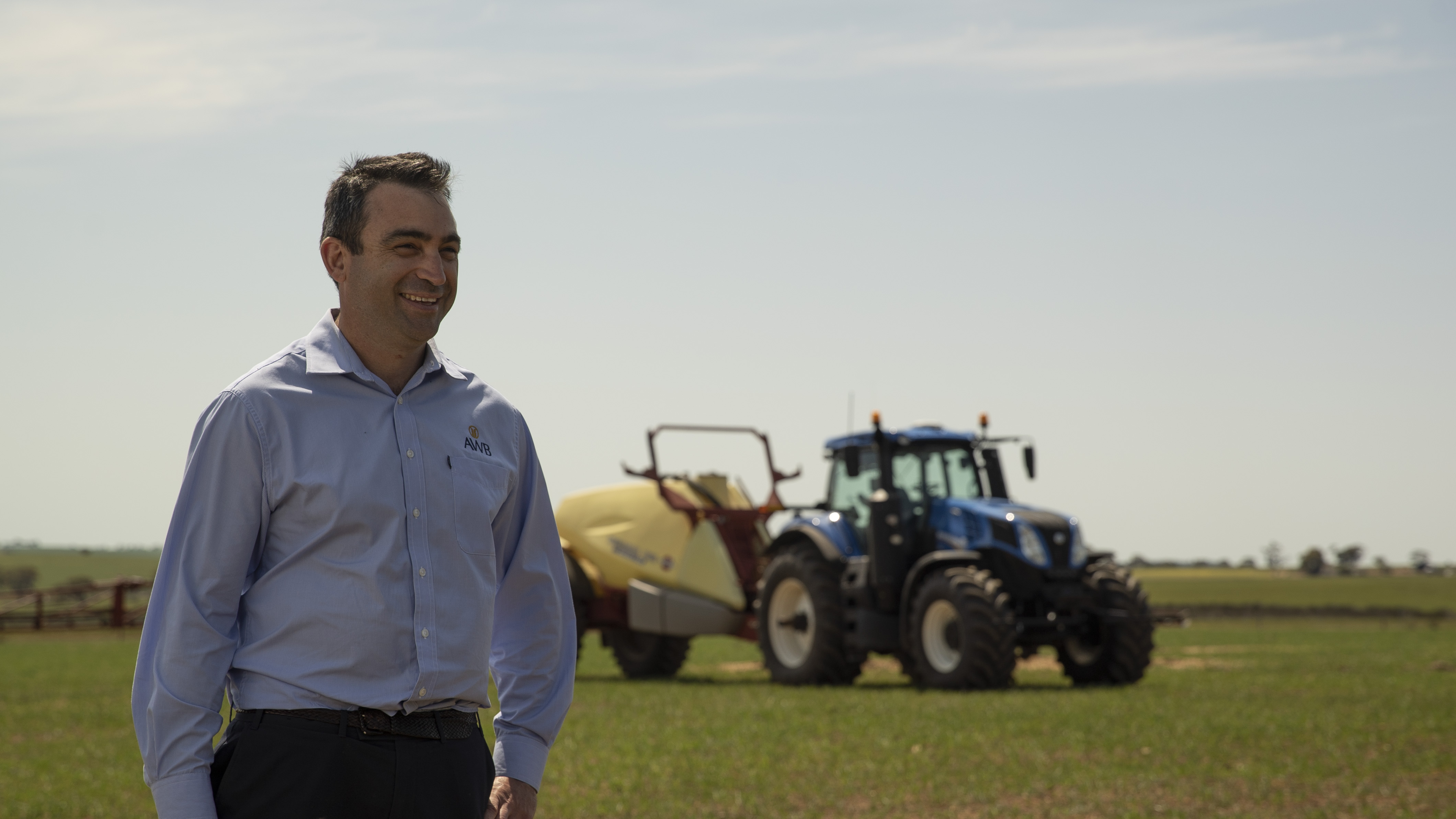
The Western Australian harvest looks like being a quick one with a lot of light crops this year. Receivals in the Geraldton zone started in mid-September and a number of growers have already finished. Production expectations were not high given the lack of summer and growing season rain in most parts of the region......
Read MoreHarvest moves South
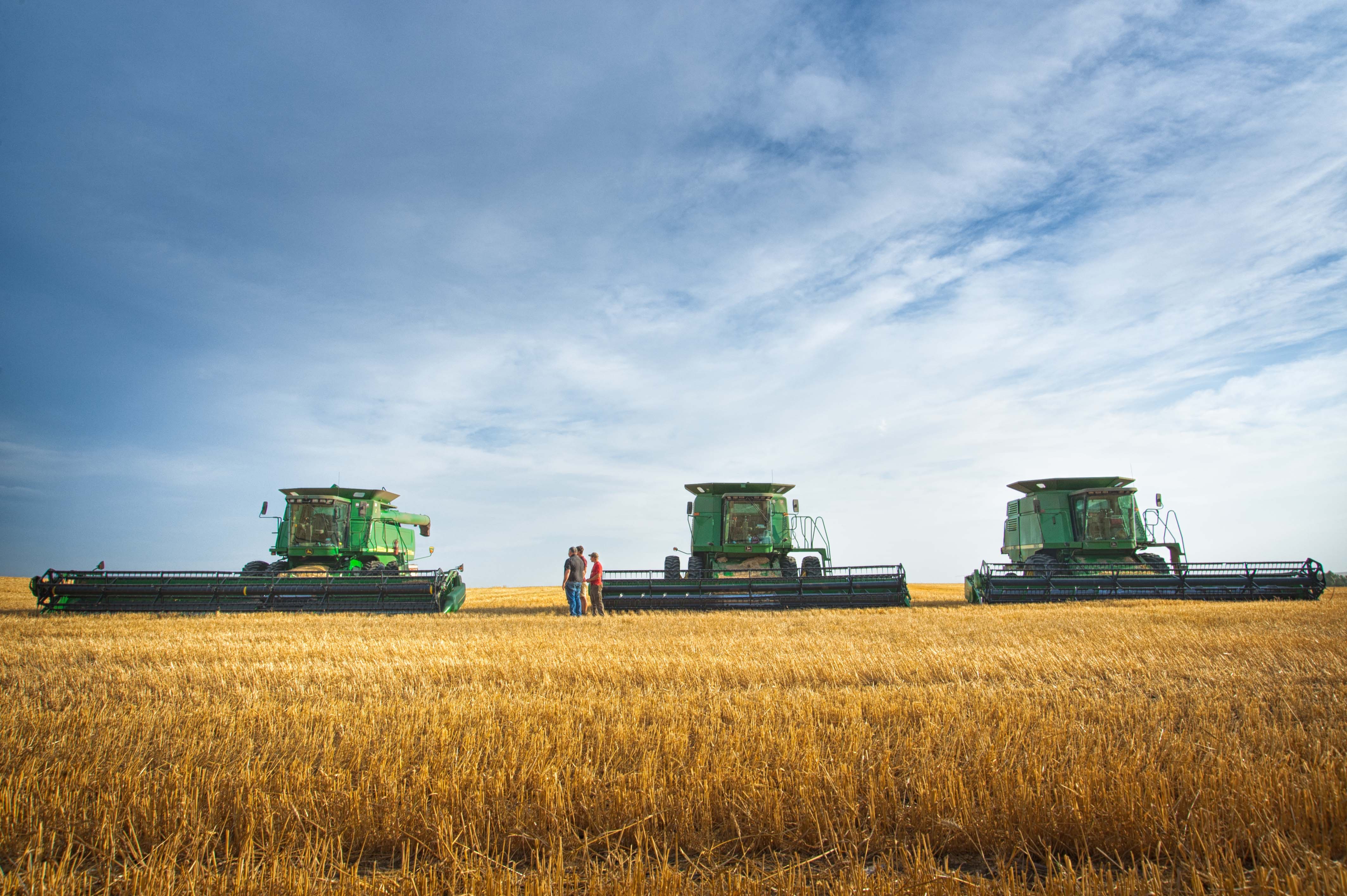
Queensland and Northern NSW have parked the headers and are done and dusted, while Central NSW is about 50% done. Southern NSW is seeing more headers in canola and barley paddocks, and we should start to see some activity in wheat paddocks sooner rather than later......
Read MoreHarvest well ahead of previous years
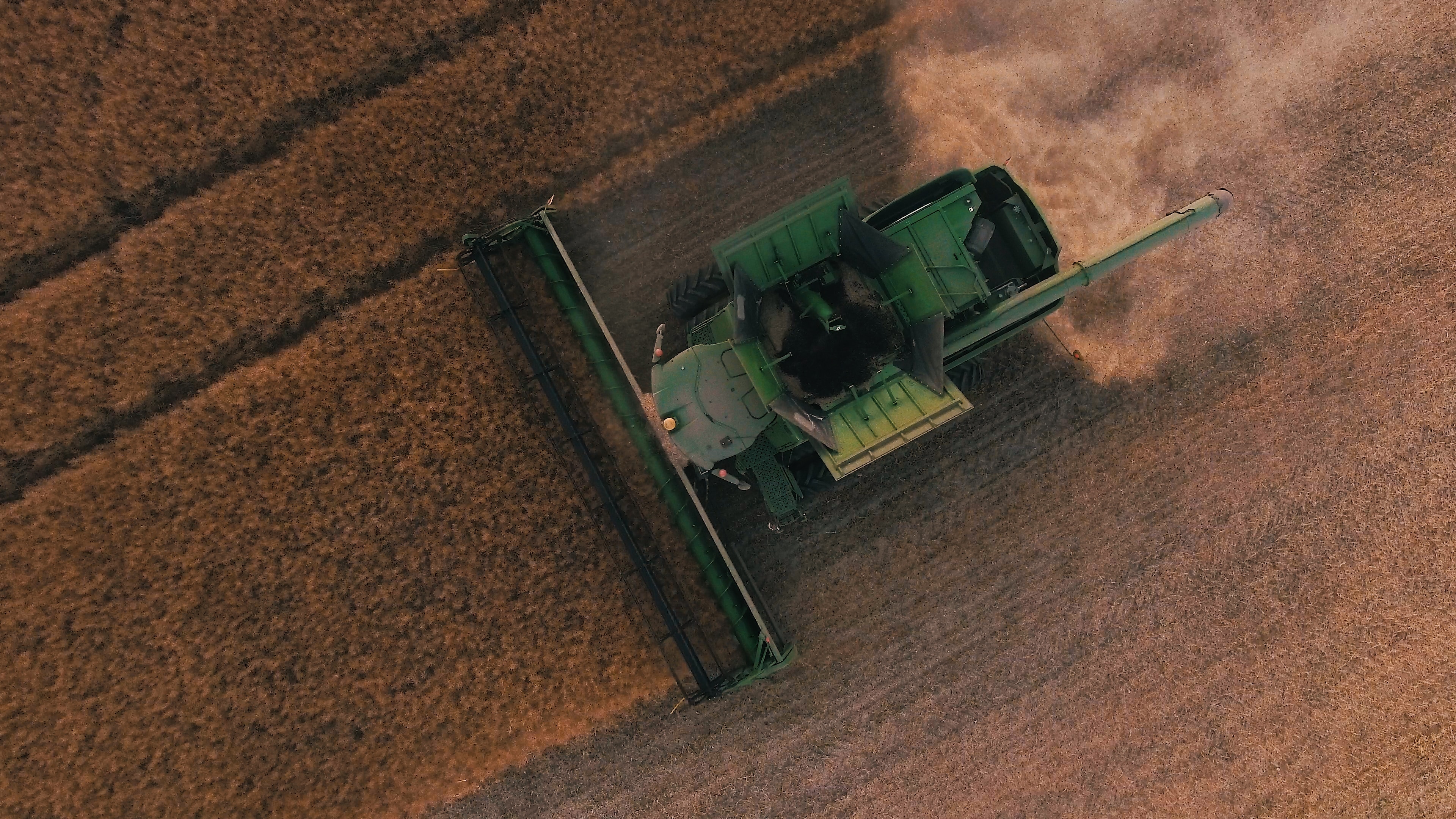
As we move further into November, harvest progresses at an incredibly rapid pace. Traditionally harvest would be 10% completed in the northern part of the Port Kembla zone by the end of the first week of November......
Read MoreAn update on harvest
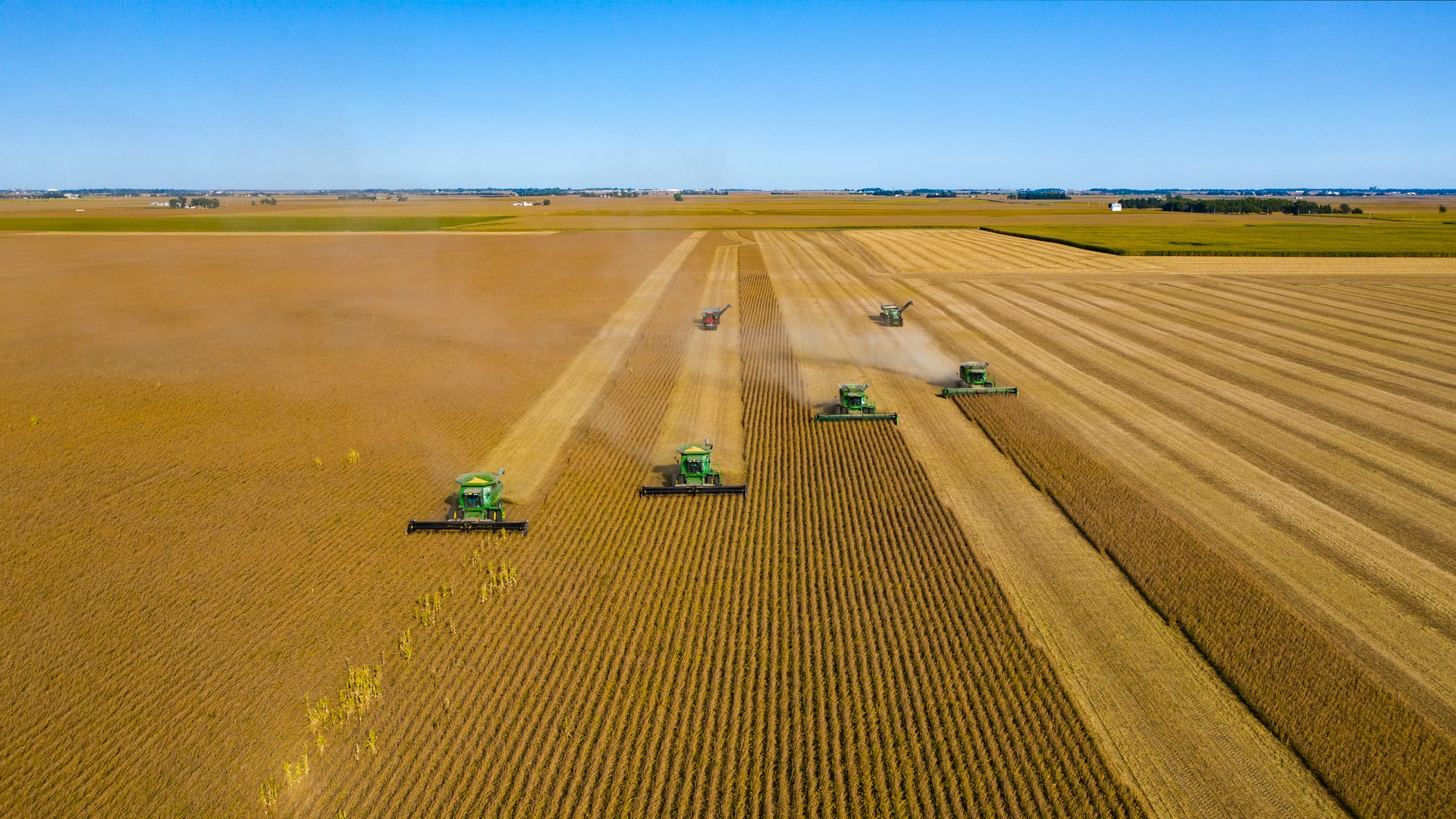
Harvest is rounding the home straight in Queensland and Northern New South Wales nearing 50-60%. Quality to date has been reflective of the seasonal conditions, with the lack of moisture contributing to grades milling around the centre of the quality chart, with ASW1/AUH2/APW1 the main grades being presented at bulk handling sites......
Read MoreDry weather hits sorghum production.
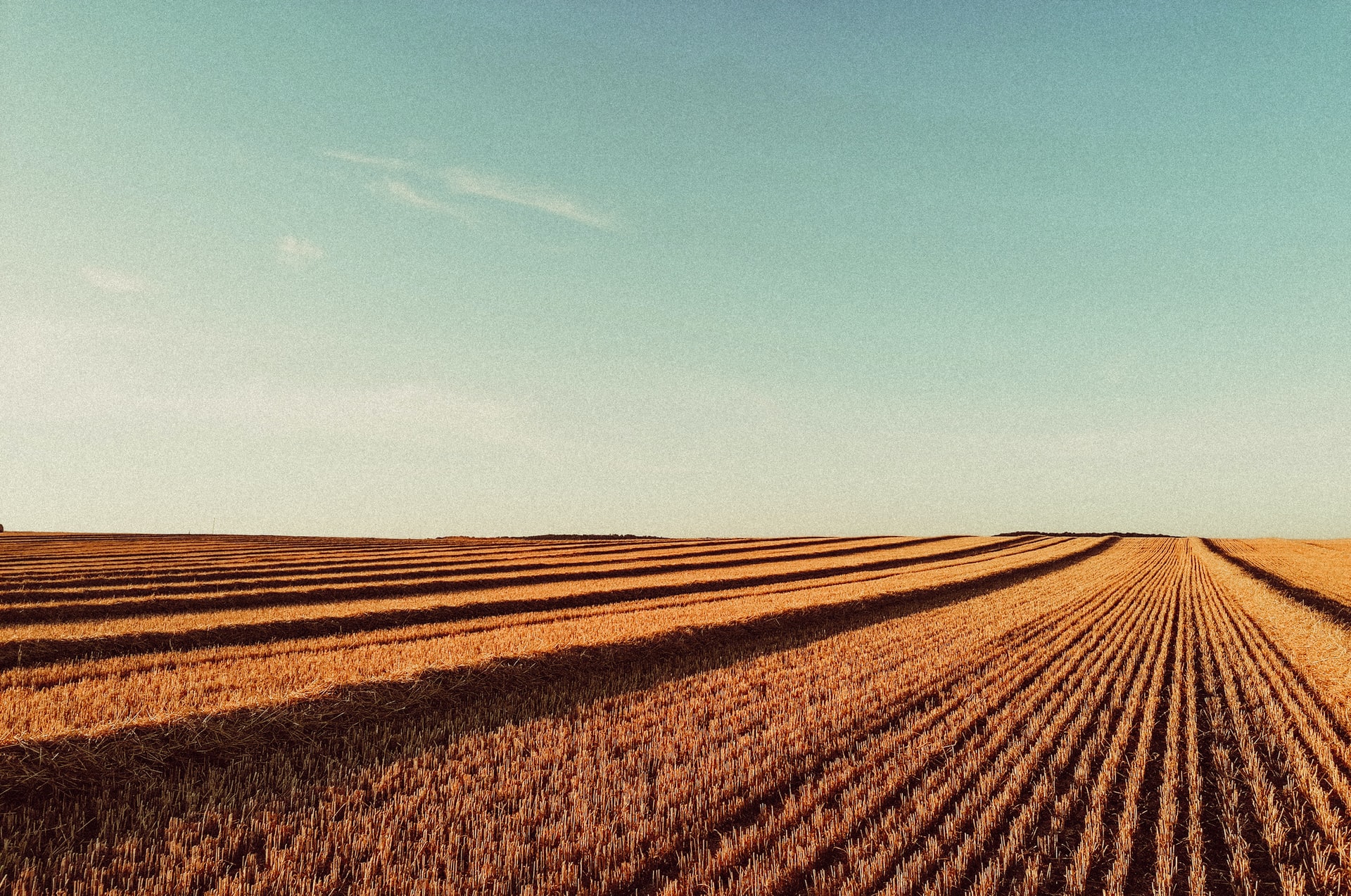
The weather in recent weeks has generally been favourable to most grain producing regions. Areas in the north have seen clear weather allowing harvest to progress at perhaps a pace faster than many would like.....
Read MoreHarvest activity increase sees prices decrease
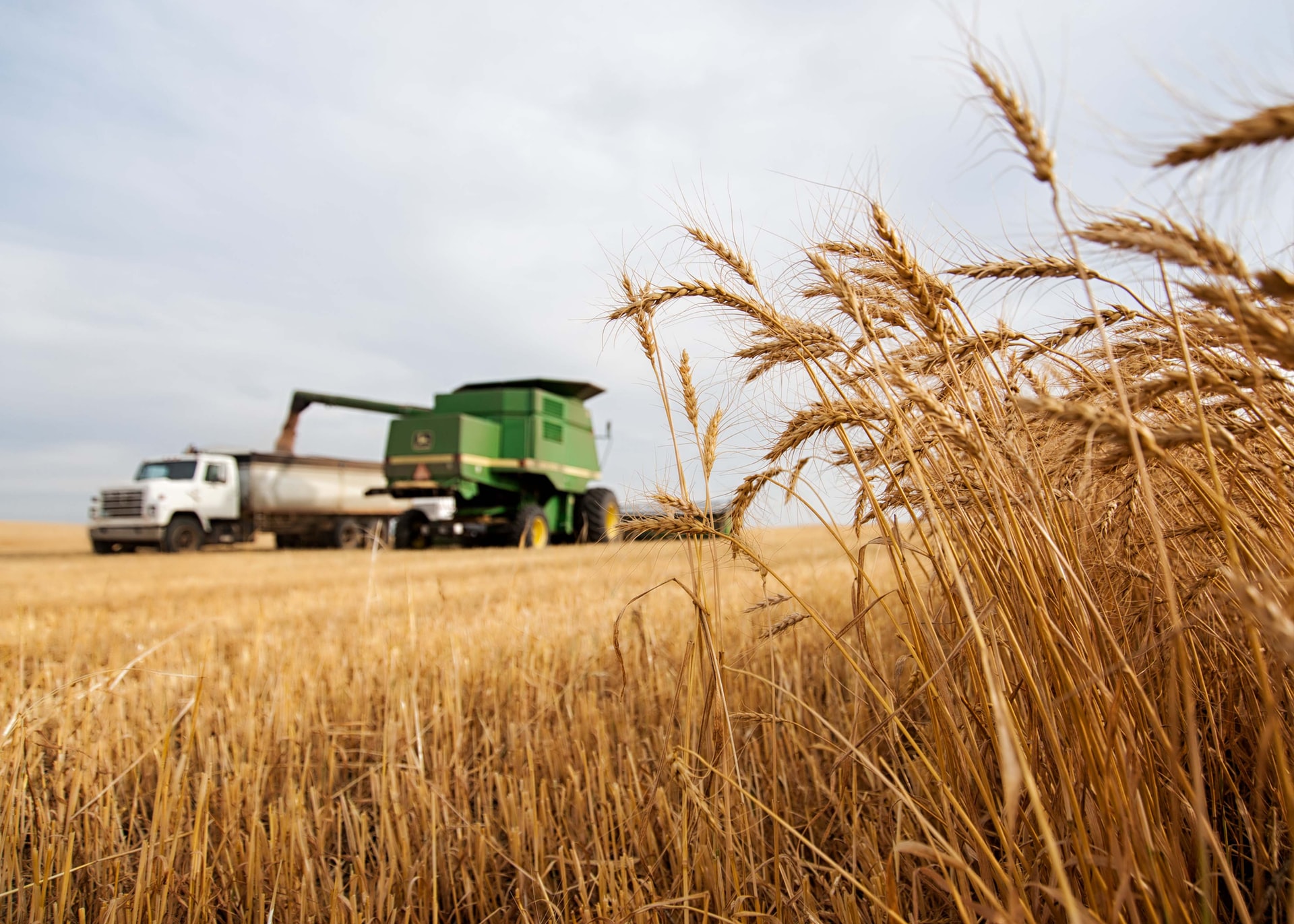
Harvest has now kicked off in most of the country’s northern cropping regions and as header activity rapidly moves south it won’t be long before we’re well and truly underway across all zones. Queensland growers are now stripping wheat as canola is making its way into receival sites as far south as the NSW Sturt Highway....
Read MoreRain makes grain
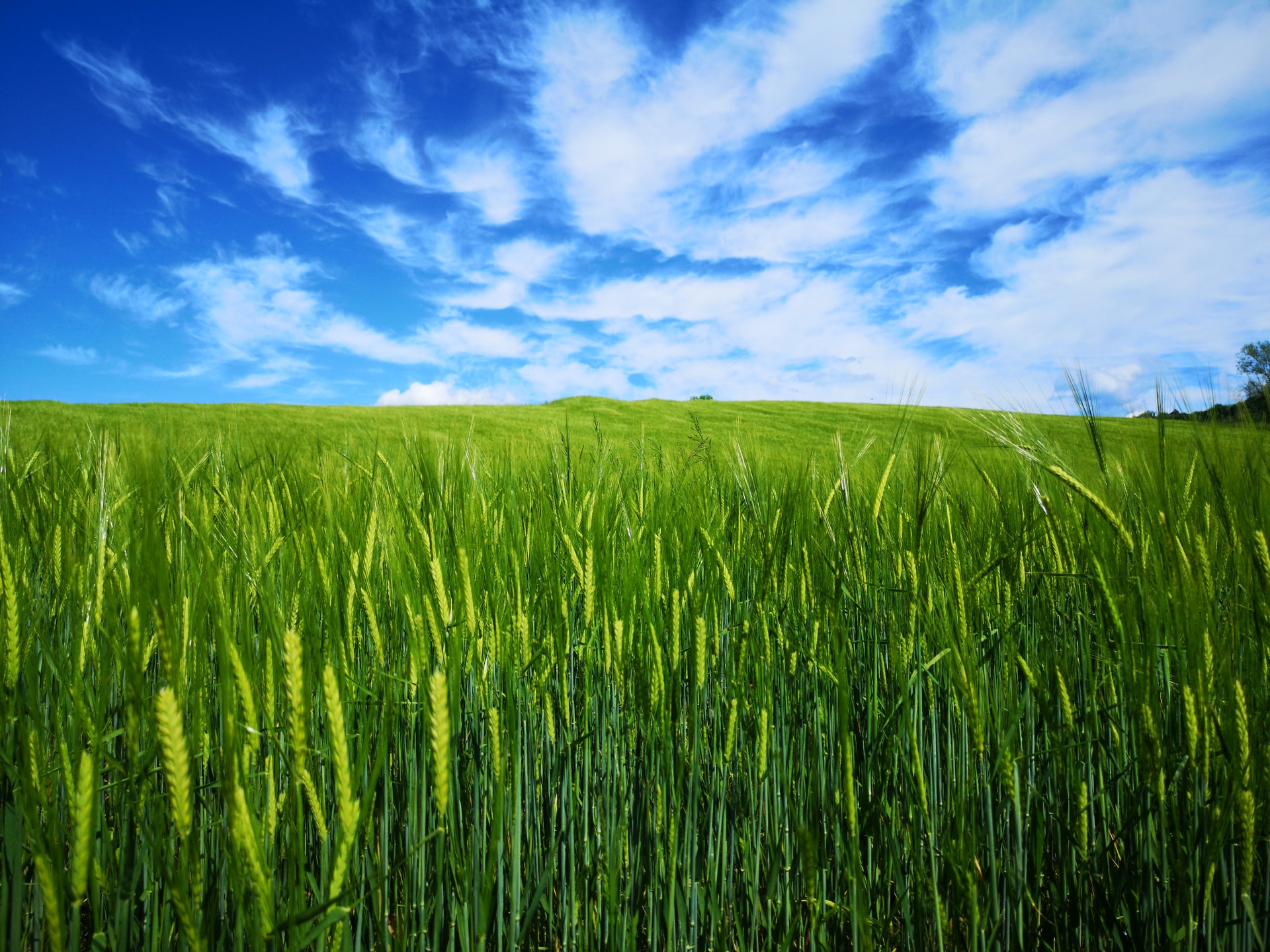
Its fair to say that a rain in spring is worth its weight in gold and last week we saw this come to fruition with reports of 15mm to 100mm+ recorded. In some regions, the rain came too late to add yield, however this one event will certainly lead to small grain size and pinched grain being a lot less common occurrence than it might have been, as crops were beginning to run out of moisture.....
Read MoreGlobal Wheat Production Estimates Lowered With Drier Outlook

Looks like September was one for the record books with what might have been the warmest and driest since records began, not to mention Collingwood tying with Essendon and Carlton with 16 grand final wins on the last day of the month....
Read MoreHow Time flies
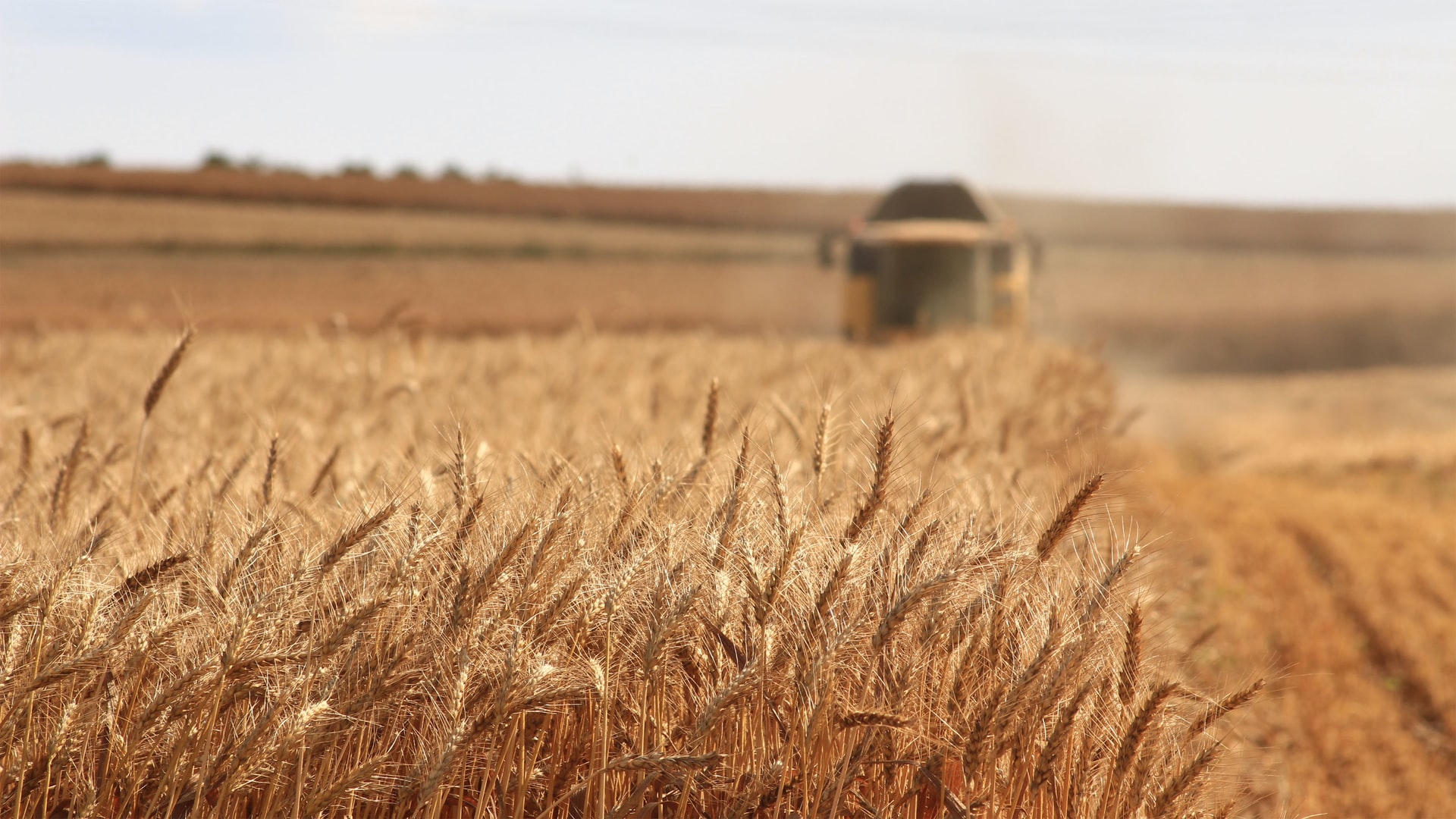
It seems like only yesterday that we were celebrating a Geelong premiership, but 12 months has flown by and its Grand Final week again. It also feels like we only just put last year’s harvest to bed, but in the blink of an eye we are back at it again....
Read More